Back to the February 2023 News Update
Phil Wise
Director Data Analysis
How do you measure and improve our wellbeing as a society? This is an increasing topic of discussion, as momentum grows to go beyond traditional macroeconomic indicators of living standards and consider measures that better reflect quality of life.
I’ve recently joined the Agency and I am constantly reminded of how necessary our health and safety at work is for our wellbeing. It is intrinsically linked to economic prosperity and productivity and any measurement or economic accounting of personal wellbeing should consider WHS and the need to prevent or eliminate physical and psychological injuries and illnesses. The International Labour Organization’s Declaration on Fundamental Principles and Rights at Work was amended in June 2022 to specify that a safe and healthy working environment is a principle and right for all workers, underscoring the importance of WHS in this context.
We know that workplaces that are safe and free of injury and illness provide benefits to all Australians, including more jobs and better pay. Research undertaken by SWA with Deloitte Access Economics shows that reducing work-related injuries and illnesses would deliver to the Australian economy, on average each year, growth of $28.6 billion, 185,500 additional jobs and wage rises of 1.3%.
Underpinning the measurement of progress against this Strategy is a set of targets, including reduced worker fatalities, injuries and illnesses. As well as informing a greater understanding of our improvements in WHS, monitoring progress against these targets will also help with understanding developments in Australia’s wellbeing more generally. Reducing the frequency of work-related traumatic-injury fatalities, injuries and illnesses is central to why I chose to work at Safe Work Australia. It is also fundamental to delivering good quality work and supporting improved social and economic wellbeing for all.
Go to the Australian Work Health and Safety Strategy 2023-2033.

